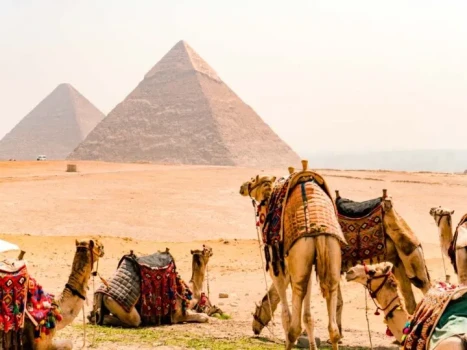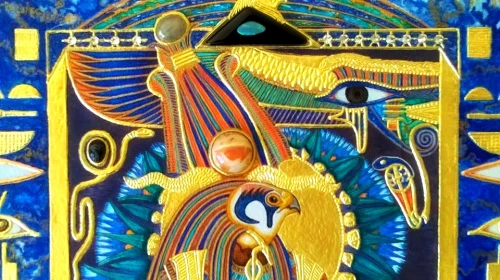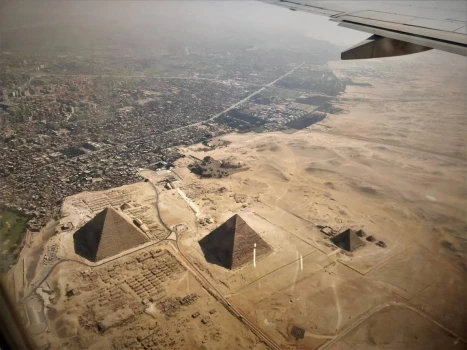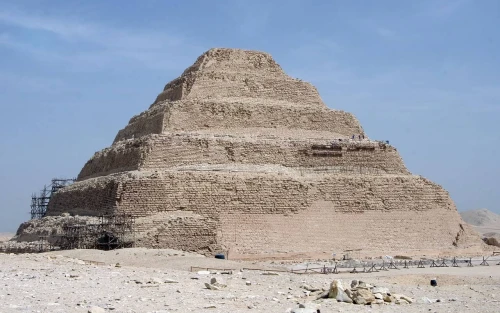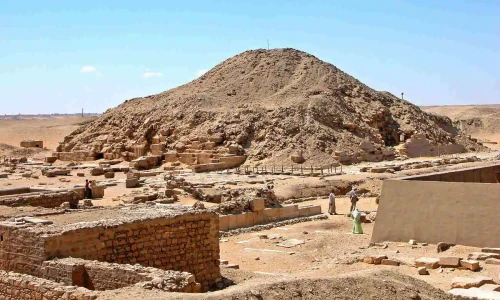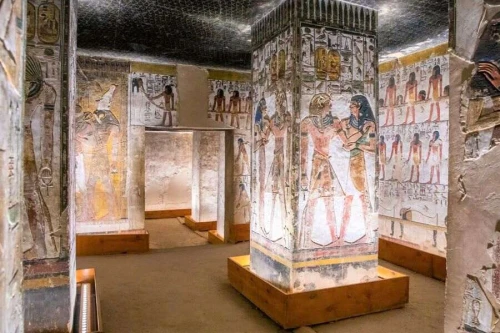
King Seti I The Man Who Built the Egyptian Empire
Tremendous advancements in science, art, and architecture may be attributed to the ancient Egyptian culture. One of the most notable and important pharaohs to govern Egypt was King Seti I, who stands out. His military conquests, ecclesiastical reforms, and building endeavors all left an enduring impact. In this piece, we'll explore some fascinating details regarding King Seti I and his reign in Egypt.
Early Life and Power of King Seti I
Ramses I, the first pharaoh, and Sitre gave birth to Seti I in 1294 BC. He succeeded to the throne upon the death of his father as the second pharaoh of the 19th Dynasty. Initially, Seti I did not hold the kingdom since his elder brother was named the heir. Yet because he passed away before his father, Seti I was able to take the kingdom.
Seti I was a visionary leader who put in a lot of effort to build up his authority. In military expeditions, he successfully enlarged Egypt's frontiers while defeating the Libyans, Nubians, and Asians. In addition, he made important adjustments to the nation's religion by fostering the veneration of Amun-Ra, the main deity of the Egyptian pantheon.
Construction Projects
Egypt's King Seti I is famed for his outstanding building endeavors. The Great Hypostyle Hall at Karnak, the Temple of Osiris at Abydos, and the Temple of Amun at Thebes are just a few of the buildings he ordered built. These magnificent buildings, which were constructed with astonishing precision and grandeur and are still standing today, are evidence of the king's vision and the extraordinary talent of ancient Egyptian architects and craftspeople.
 English
English
 Spain
Spain

